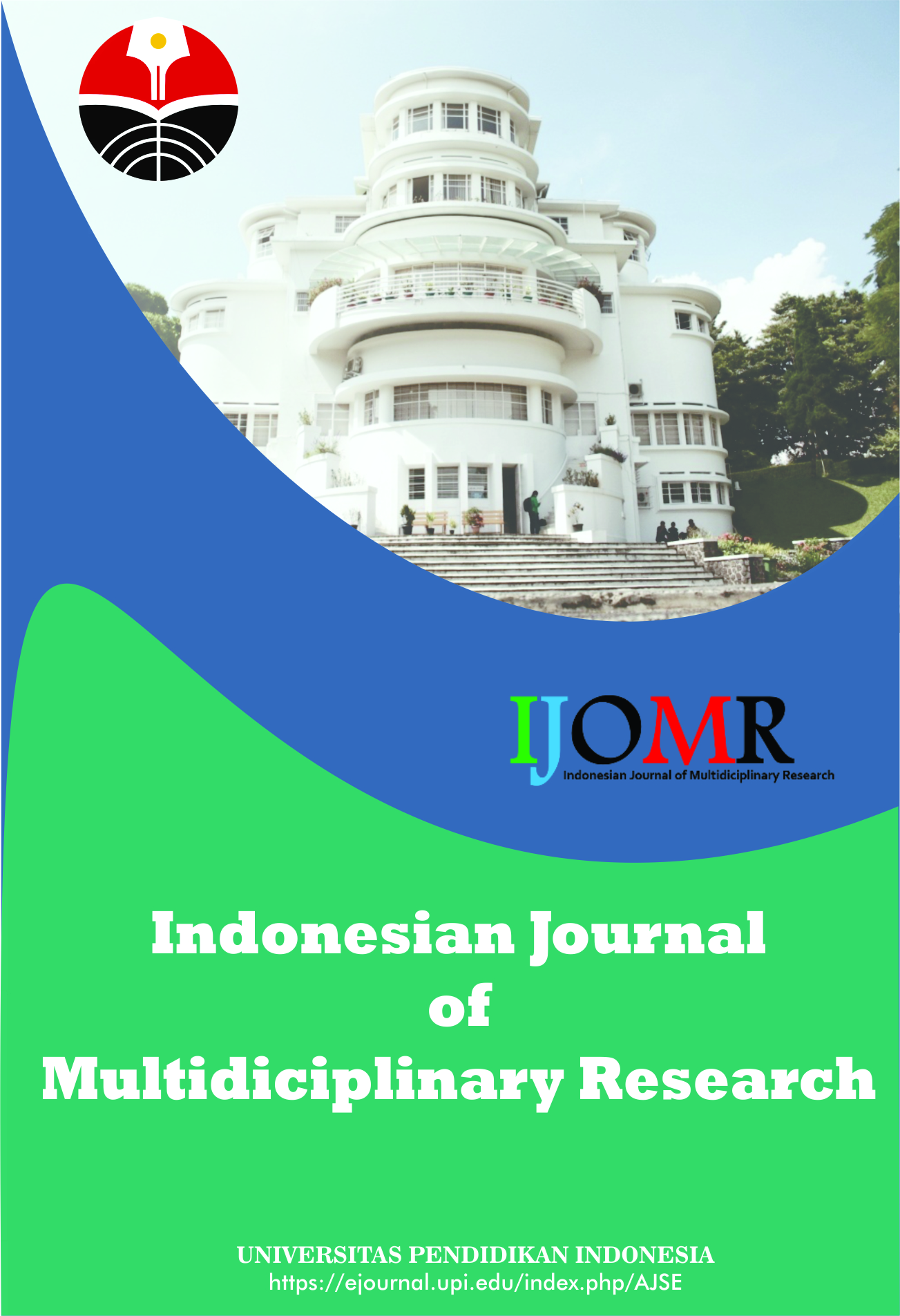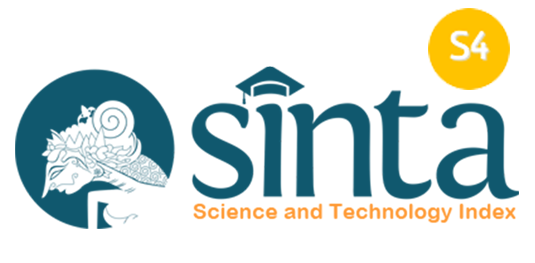Undergraduate Awareness and Utilization of Simulation for Learning
Abstract
Keywords
Full Text:
PDFReferences
Alecia, D., Francis, K., and C., P. (2008). Students’ perceptions of the usefulness of a virtual simulation in post-secondary hospitality education. Journal of Teaching in Travel and Tourism, 7(3), 1-19.
Bradley, A. (2012). Improving teaching through continuous learning. The Inquiry Process John Wooden Used to Become Coach of the Century, 63(3), 197-208.
Katherine, W. (2012). Gender differences in interest, perceived personal capacity, and participation in STEM-related activities. Journal of Technology Education, 24(1), 18-33.
Raja, R., and Nagasubramani, P. C. (2018). Impact of modern technology in education. Journal of Applied and Advanced Research, 3(1), 33-35.
Ronnie, J. G., and David, M. G. (2008). Challenges and opportunities in simulation and assessment. Journal of the Society for Simulation in Healthcare, 3(2), 69–71.
Saida, H., and Mustapha, F. (2018). The effect of gender on university students’ school performance: the case of the national school of agriculture in meknes, Morocco. The Case of the National School of Agriculture in Meknes, Morocco, 9(1), 67-78.
Soetan, A. K., Olanrewaju, O. O., Onojah A. O., Abdulrahman, M. R., and Onojah, A. A. (2021). Assessment of instructional resources for teaching agricultural science in secondary schools in Oyo State. Online Journal of Distance Education and e-Learning (TOJDEL), 9(3), 362-371.
Susan, P. P. (2005). Defining and measuring gender: A social determinant of health whose time has come. International Journal for Equity in Health, 4(11), 1-4.
DOI: https://doi.org/10.17509/ijomr.v3i1.45196
Refbacks
- There are currently no refbacks.
Copyright (c) 2022 Kantor Jurnal dan Publikasi, Universitas Pendidikan Indonesia (UPI)

This work is licensed under a Creative Commons Attribution-ShareAlike 4.0 International License.
Indonesian Journal of Multidiciplinary Research (IJOMR) is published by Universitas Pendidikan Indonesia (UPI)















